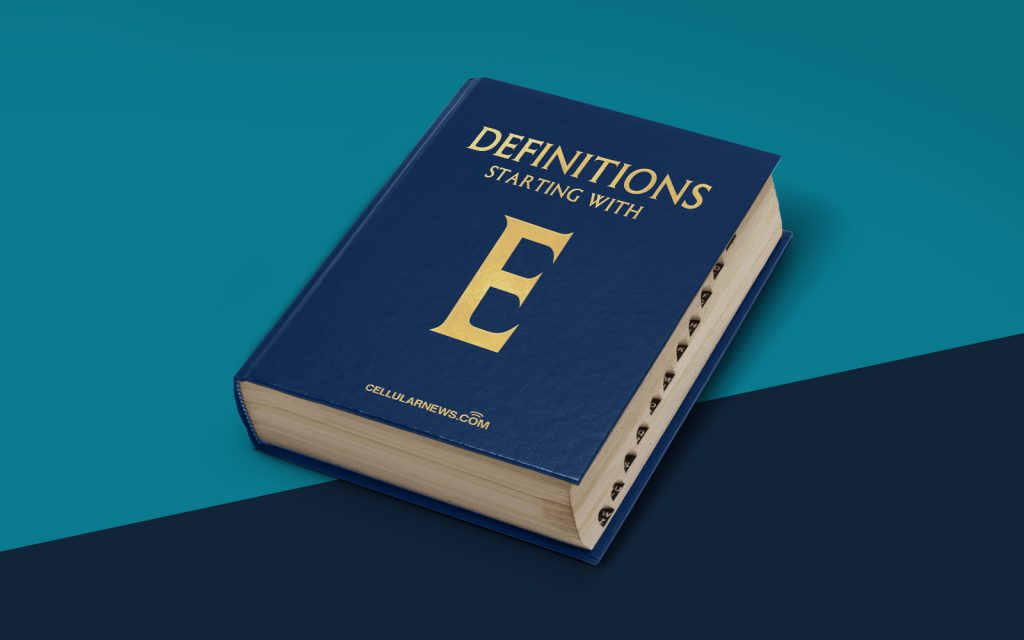
What is Electricity Over IP (EoIP)?
Welcome to our “DEFINITIONS” series where we break down complex terms and concepts for you. In today’s post, we dive into the world of Electricity Over IP (EoIP) and unravel its mysteries, shedding light on what it truly is and how it works.
Key Takeaways:
- Electricity Over IP (EoIP) allows electricity to be transmitted over internet protocol (IP) networks.
- It enables intelligent power management, remote monitoring, and control of electrical systems through network connectivity.
Electricity Over IP (EoIP) is a fascinating technology that is revolutionizing the way we manage and control electrical systems. As the name suggests, EoIP involves the transmission of electricity over IP networks, similar to how data is transmitted over the internet. This convergence of electricity and networking opens up a whole new world of possibilities for power management and control.
So, how exactly does EoIP work? Let’s break it down into a few key points:
- Network Connectivity: EoIP relies on a network infrastructure to transmit electricity. It leverages existing IP networks, be it local area networks (LANs) or wide area networks (WANs), to carry electrical signals from one location to another.
- Power over Ethernet (PoE): A common method used in EoIP is Power over Ethernet (PoE), which combines power and data transmission over a single network cable. This eliminates the need for separate power cables and enables the remote provisioning of devices, making power management more efficient and flexible.
- Intelligent Power Management: EoIP enables intelligent power management by providing network connectivity and control over electrical systems. This allows for remote monitoring, scheduling, and control of power devices, empowering users to optimize energy consumption, identify faults, and perform preventive maintenance.
- Automation and Integration: With EoIP, automation of electrical systems becomes seamless. It facilitates the integration of electrical devices with other IP-enabled systems, such as building management systems, smart home devices, or industrial control systems, creating a unified and interconnected ecosystem.
Now that we have a better understanding of what Electricity Over IP (EoIP) entails, let’s explore some of its key benefits:
- Greater Efficiency: EoIP allows for smarter power management, resulting in optimized energy usage and reduced wastage. Remote monitoring and control enable proactive maintenance, improving system reliability and reducing downtime.
- Enhanced Flexibility: With EoIP, power devices can be conveniently placed and managed anywhere within the IP network’s reach. This flexibility eliminates the limitations imposed by traditional electrical wiring systems.
- Cost Savings: Consolidating power and data infrastructure using EoIP reduces the need for additional cabling, resulting in cost savings during installation and maintenance. Improved energy efficiency also translates into reduced utility bills.
In conclusion, Electricity Over IP (EoIP) is an innovative technology that combines the power of electricity and network connectivity. It opens up new avenues for intelligent power management, automation, and integration, allowing for greater efficiency, flexibility, and cost savings. As we embrace the era of interconnected systems, EoIP promises to play a pivotal role in shaping the future of electrical systems.
